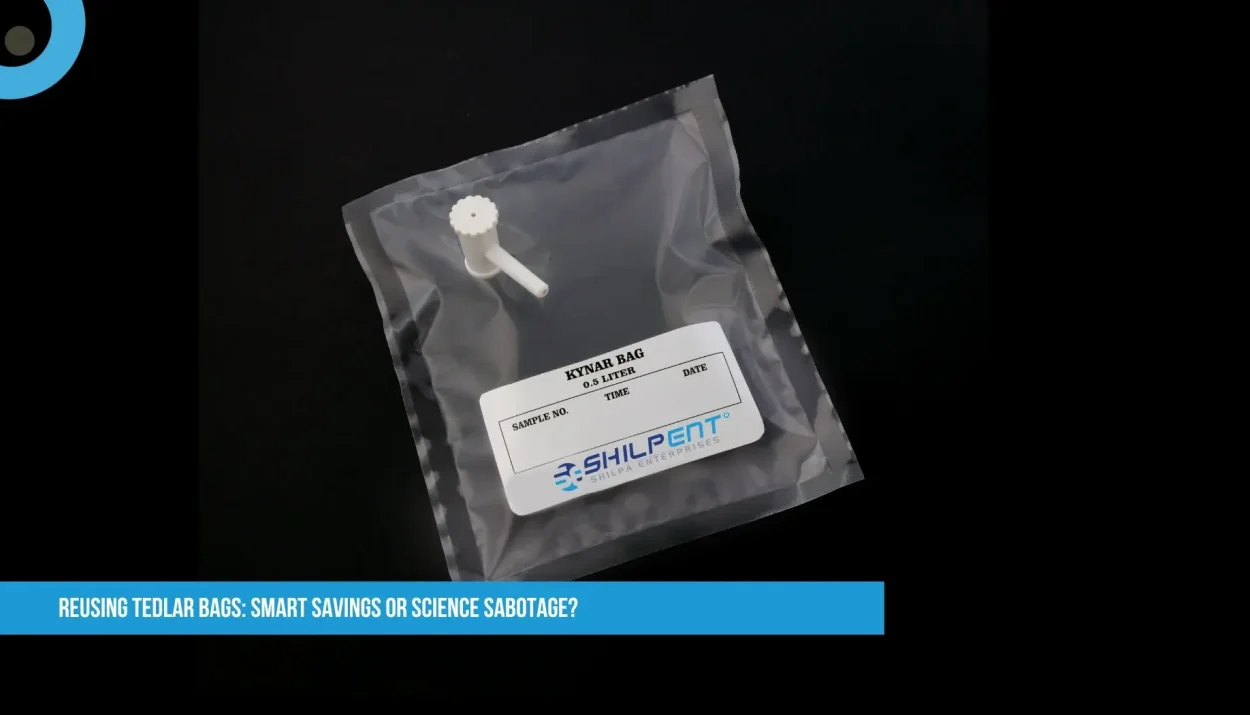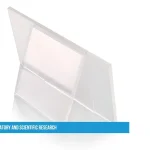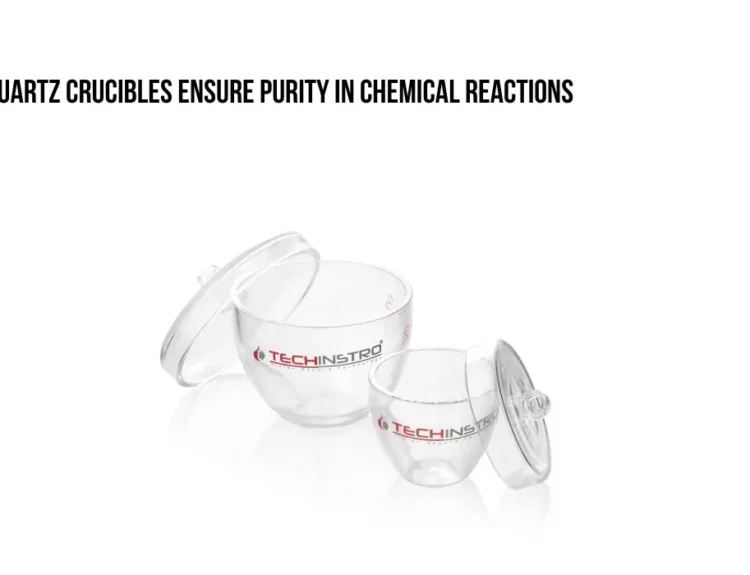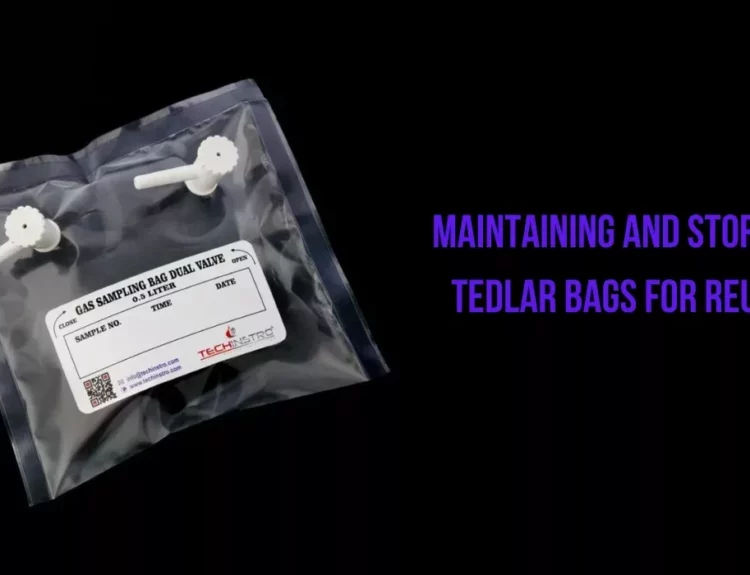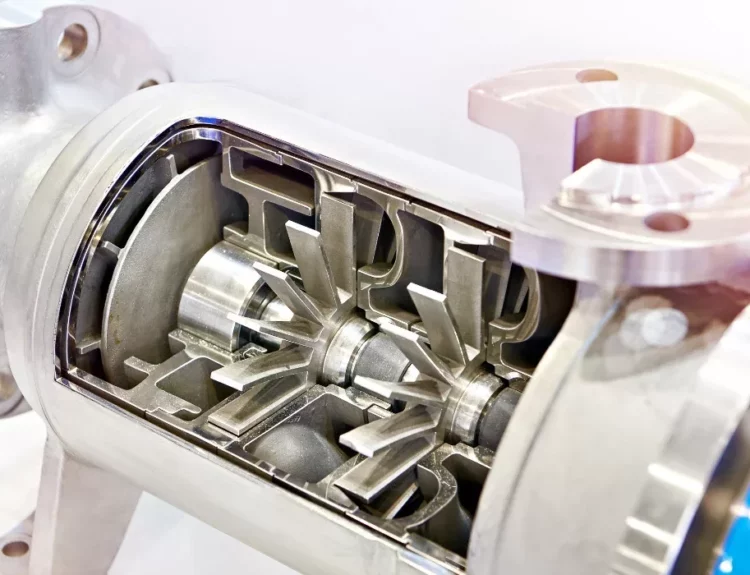Tedlar gas sampling bags are essential for environmental monitoring, industrial hygiene, and medical research. Can these bags be safely reused? The answer is yes if done correctly. Poor cleaning, however, can lead to false results, contaminated samples, and costly errors.
This article breaks down:
When reuse is safe (and when it’s not)
Step-by-step cleaning protocols (EPA-approved)
Real cost vs. risk analysis with data)
Expert tips to avoid common pitfalls
The Science Behind Reusing Tedlar Bags
The Risks: Why Some Labs Get Burned
Reusing Tedlar bags improperly can lead to
Ghost Contamination – Residual VOCs from prior samples skewing results
Permeation Leaks – Tiny holes forming after multiple uses
Adsorption Loss– Target compounds sticking to the bag walls
Case Study:
A 2023 Journal of Chromatography A study found that improperly cleaned bags added 5–10% error to VOC measurements.
When Tedlar Bag Reuse is Safe (And When It’s Not)
Safe for Reuse:
Routine air monitoring (e.g., workplace benzene levels)
Research studies with non-reactive compounds, Short-term storage (<72 hours)
Never Reuse For:
Forensics (court cases require pristine samples)
Mercury or sulfur gases (react with the bag material)
Ultra-trace analysis (ppb-level studies)
The Right Way to Clean Tedlar Bags
EPA-Approved 4-Step Protocol
Acetone Rinse
Fill the bag with 10% HPLC-grade acetone
Swirl for 2 minutes, then drain completely
Nitrogen Purge
Flush with ultra-pure N₂ (99.999%) at 1 L/min for 5 min
Optional: Heat to 50°C to release stubborn compounds
Vacuum Dry
Evacuate to -10 psi for 3 minutes
Repeat N₂ flush
Quality Control Check
Fill with certified zero air
Analyze via GC-MS
Pass criteria: <0.1 ppb background contamination
Expert Tips to Avoid Disaster
Label Bags Clearly – Track of uses & last compound sampled
Retire After 10 Uses – Even if they pass QC
Dedicate Bags by Chemical Class– Avoid cross-contamination
Store Clean Bags in Foil Pouches – Prevent UV degradation
Conclusion:
Reuse Smartly, Not Recklessly
Reusing Tedlar bags can save thousands, but only with strict cleaning protocols. Labs that cut corners risk invalid data, regulatory fines, and reputational damage.
References:
EPA Method TO-15 (2023)
Chromatography A (2023) – “VOC Stability in Reused Tedlar Bags”
OSHA PV2121 – Industrial Hygiene Guidelines
This article provides a balanced, science-backed take on Tedlar bag reuse, helping labs save money without sacrificing accuracy


